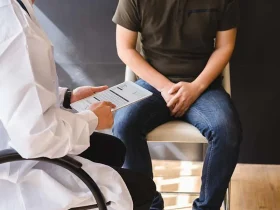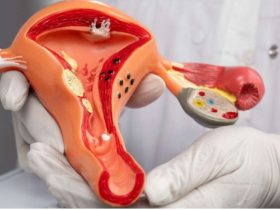Obsessive-compulsive disorder (OCD) is a deeply intrusive condition that affects how individuals process thoughts, rituals, and routines. For those living with treatment-resistant OCD, ketamine therapy offers renewed hope. Patients undergoing ketamine OCD treatment in Columbia are finding relief through an alternative approach that targets the brain in a uniquely effective way.
Unlike traditional treatments, which can take months to provide relief, ketamine works quickly, often within hours, and directly impacts glutamate pathways responsible for mood regulation and cognitive flexibility. For individuals whose OCD symptoms feel unshakable, ketamine offers a more immediate, neuroscience-driven solution.
The Science Behind Ketamine and OCD
Ketamine is an NMDA receptor antagonist that enhances neuroplasticity, helping the brain adapt and form new connections. In patients with OCD, this increased flexibility can help reduce obsessive thinking and compulsive behaviors.
Recent clinical discussions have explored how ketamine’s impact on Just-Right OCD, a form of the condition marked by persistent perfectionistic thoughts, offers measurable improvements. Patients often report a reduction in the intensity and frequency of intrusive thoughts after only a few sessions.
Preparing for Your First Ketamine Session
Before the treatment begins, patients typically meet with a medical team to review their health history, current medications, and OCD symptoms. This consultation ensures that ketamine is appropriate and allows clinicians to develop a personalized treatment plan.
The setting is intentionally calm and comfortable. Soft lighting, quiet surroundings, and reclining chairs or beds help create a soothing atmosphere. Most sessions are done intravenously and last about 45–60 minutes. Patients are continuously monitored by medical staff to ensure safety and comfort.
During the infusion, you may experience a sense of detachment from obsessive thoughts. Some describe the session as introspective or emotionally releasing. While experiences vary, many patients feel more in control of their thought patterns post-infusion, without the intensity or compulsion to act on them.
What Happens After the Session?
Following the infusion, patients rest for 20–30 minutes as the effects subside. Most report feeling physically tired but mentally clear. Because ketamine can cause temporary dizziness or altered perception, patients are advised not to drive afterward and should have someone accompany them.
A series of sessions, often six over two to three weeks, is typically recommended for long-term results. Clinics often provide integration support, helping patients reflect on their experience and apply new insights to their daily lives.
Understanding how ketamine treatment is beneficial for mental illness more broadly helps reinforce why it’s becoming a popular option for OCD and other mood-related conditions. It’s not just about symptom management, it’s about improving brain function and emotional regulation at the root level.
Conclusion
Ketamine therapy is transforming how we approach OCD, especially when other treatments have failed. Through a combination of neuroscience, personalized care, and structured support, patients in Columbia are now exploring a future with fewer compulsions and clearer thoughts. If you’re struggling with obsessive patterns that don’t respond to medication or therapy, ketamine may offer a new path toward balance and freedom.
While it’s not a one-size-fits-all solution, the promising results of ketamine treatment for OCD speak to its potential as a safe and effective option for those in need of relief. With medical supervision, structured care, and growing clinical research, ketamine therapy is becoming a vital tool in the mental health space, offering not just temporary escape from symptoms but the possibility of long-term healing and renewed quality of life.












